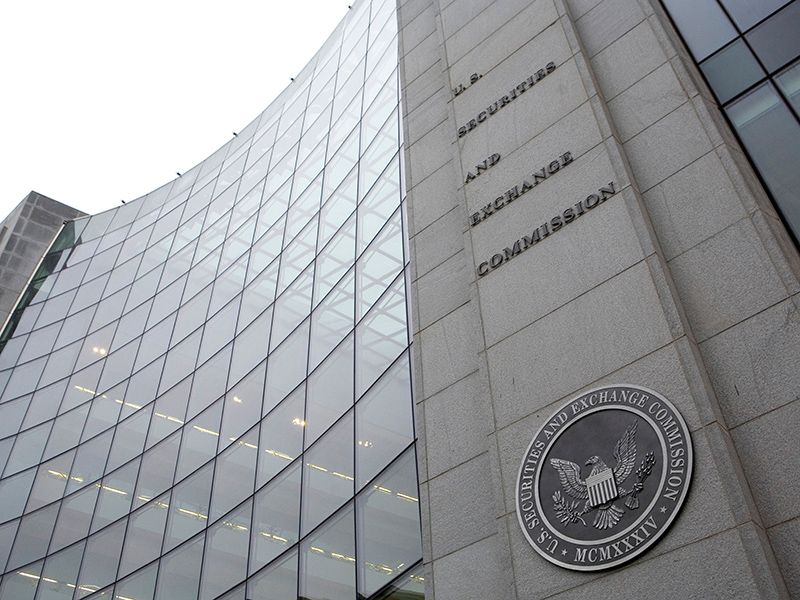Companies turn to technology to cope with growing regulatory pressures

Whether it’s GDPR, MiFID II or recent US sanctions, regulatory issues are in the news virtually every day. There are more than 800 individual regulators worldwide.
Every year companies spend more than $100bn on their compliance functions. HSBC alone employs more than 6,000 full-time staff in compliance, at a cost of more than $3bn a year. And the requirements for safeguarding and reporting are increasing every year. MiFID II, which took effect at the start of this year, spans 1.5m individual paragraphs.
With the cost of compliance expected to double in the next five years, it is clear the status quo is unsustainable.
The 2008 financial crisis and the recent concerns about misuse of personal data taken from Facebook by Cambridge Analytica demonstrate the need for smart regulation. However, the way compliance has been dealt with has often threatened to stifle innovation. Most executives see regulation as a cost center to be kept under control. Tick the boxes, do just enough to protect yourself from regulatory action and keep the board happy.
With the cost of compliance expected to double in the next five years, it is clear the status quo is unsustainable. The regulated companies and regulators are looking for ways to cope and a growing number of implementations of new technology solutions are underway across the compliance, legal, finance, operations and risk departments at some of the world’s largest organizations in highly regulated industries.
Initial implementations were purely replacing Excel and paper-based workflows with smarter workflow solutions. Technologies that are emerging today are using large-scale data aggregation, analytics and machine learning to surface regulatory issues and risk factors in real time. Once these are in place, we’ll begin to see a drive towards greater automation of reporting to regulators and more ways to automate oversight.
The impact these changes will have on how companies respond to regulation will be profound. Companies will reduce the cost of compliance, increase the speed of implementation and achieve a higher degree of compliance.
With better data, regulators will be able to see what’s happening inside regulated industries in realtime. Policymakers will be able to access large data sets that can give insight into the potential impact of new regulations and test hypotheses before they become law.
It’s for those reasons that we have been spending an increasing amount of time looking at the category, and have just announced our investment in ClauseMatch. ClauseMatch applies deep understanding of the regulatory lifecycle and machine learning to standardise and automate processes and workflows across teams. It eventually wants to automate the entire compliance lifecycle.
Barclays uses ClauseMatch to define, implement and automatically monitor ongoing compliance. When regulation changes, there can be knock-on effects on tens of thousands of internal policy documents and contracts across an organisation.
We’ve also backed Behavox, a company that uses advances in natural language processing, machine learning and large-scale data processing to gain visibility of compliance issues throughout an organisation and focus on the most important ones. It is used by large banks like Citigroup to monitor and surface risk.
Collibra helps large banks and financial services companies discover what data they hold, understand the sources of that data and who has access to it, and ensure that there are compliant processes around the treatment of all data.
This is not just a story of increased productivity, cost cutting and automation; it’s about how we enable better government policy and unleash innovation previously held back by manual processes, poor data and long review cycles.
The most successful companies are those that iterate and innovate faster than the competition; adopting the right technology allows heavily regulated businesses to become more agile and innovative. Automated compliance and risk management will massively reduce the cost and friction of reporting from entire industries without compromising the end goals of safeguarding customers and ensuring a level playing field and economic stability.
Published — April 23, 2018

